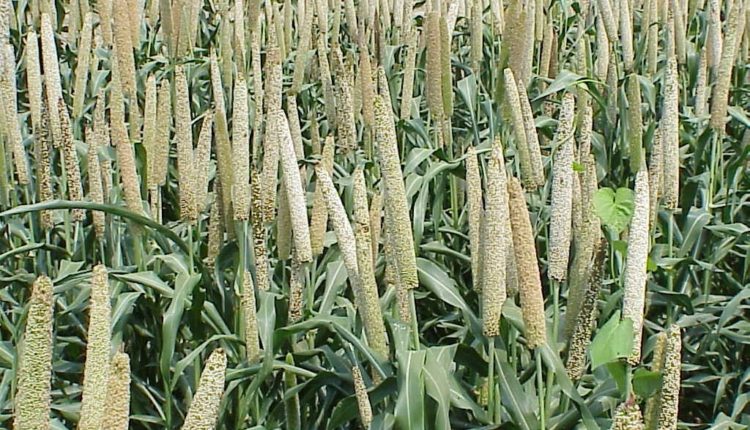Responsible Production and Consumption for a Sustainable World: The Staple Food
Achieving economic growth and sustainable development requires that we urgently reduce our ecological footprint by changing the way we produce and consume goods and services. Among others, food is an area with a large potential for improvement in the level of responsibility to contribute to sustainability of the planet and wellbeing of people. On the input/ material/ resource side, agriculture is the biggest user of water worldwide, and irrigation now claims close to 70 percent of freshwater for human use.
Wheat and Rice constitute a large portion of staple food. On an average 9000 litres of water is required to grow one kg of wheat or rice. In India, there is significant subsidy for growing rice and wheat in the form of subsidised electricity and fertilizer in particular, plus the minimum support price. By growing alternate grains like millets, the input burden, viz., water, energy, fertilizer and pesticides for growing rice and wheat can be greatly reduced.
If there is a gradual switch over to millets, there can be substantial reduction of use of water as it takes just 200 litres of water to grow one kg of millet. Millets can be grown even in dry land using only 20 cm of rainfall, thus solving the issue of drought, which ails almost 60 per cent of the available agricultural land in India. Less need of irrigation, and large irrigation systems in particular would help the ecology, as there will be less need for removing forests/ green cover to build large irrigation systems/ dams. Millets require few fertilizers and pesticides.
Millets are nutritious with a low carbohydrate to fibre ratio when compared with wheat and rice. Further, the hybridized wheat (by Norman Ernest Borlaug) that the world consumes today is said to contain a harmful starch (Amylopectin-A) which causes blood sugar to rise fast and fall fast. Such long-term fast rise and fall in blood sugar is said to cause type 2 diabetes.
While the winner is millets, the switchover is not easy owing to the global food politics. On one hand, there are large powerful business entities dealing in fertilizer, pesticides, seeds and food processing. On the other hand, there are farmers locked into a subsidy and government support based agriculture model. However, with advocacy by a few and growing awareness on the health and ecological benefit of millets, there is a very small beginning on growing demand for millets, witnessed during the last five years. However, it needs to happen in much larger scale and at a much faster pace to have meaningful impact on sustainability.

